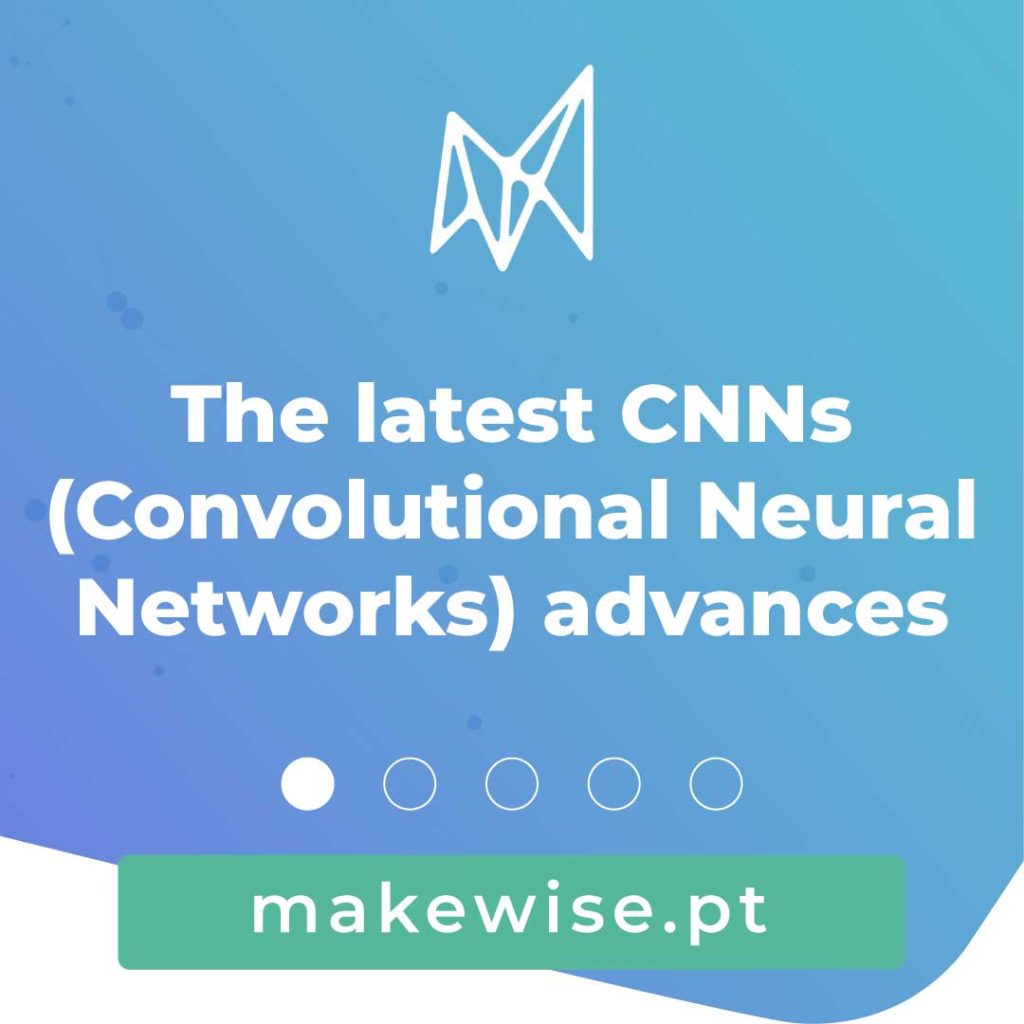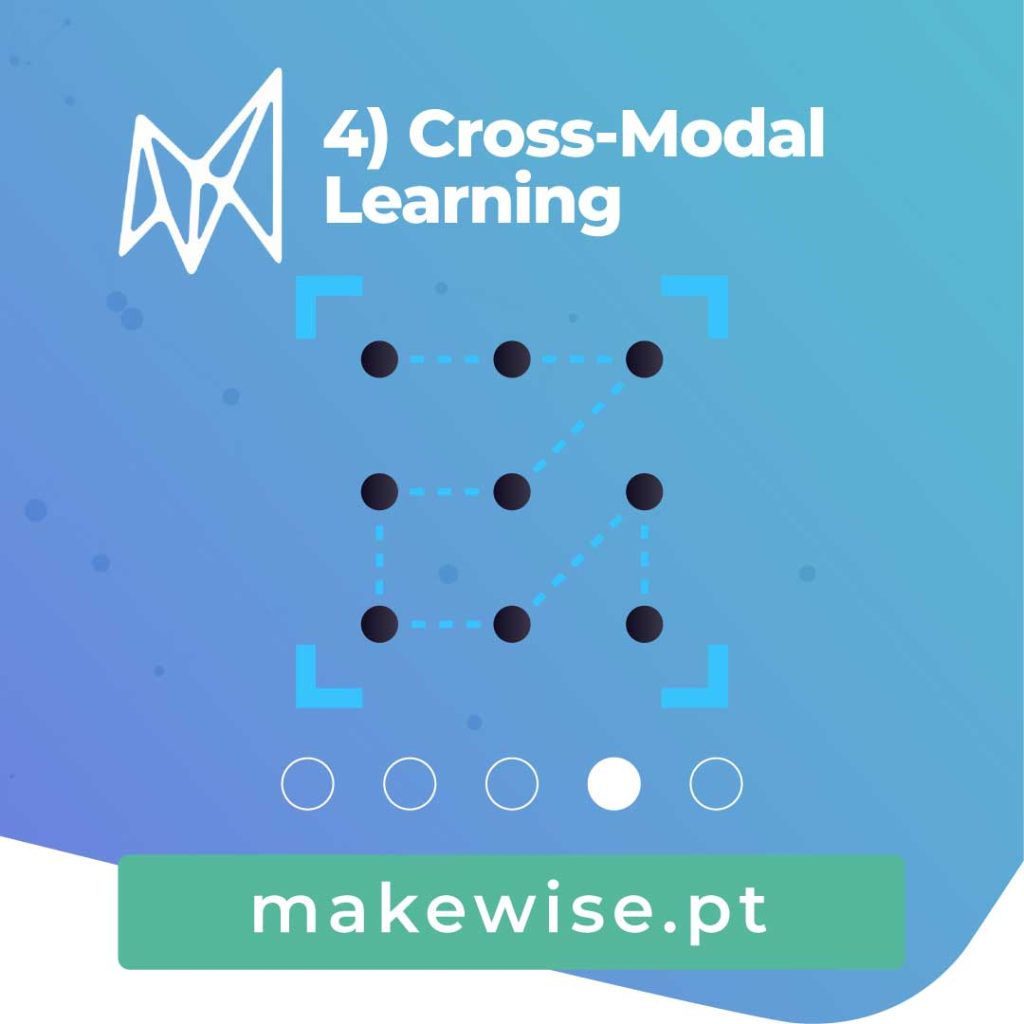With various applications ranging from to autonomous vehicles to medical diagnosis, image recognition models were, in the last years, powered up by deep learning and computer vision. Deep learning has revolutionized the image recognition by enabling the development of more accurate and efficient models. Today, we will discuss some of the recent advances in Deep Learning for Image Recognition. In case you need a refresher on what Deep Learning is, you can read about it here, you can also read more about Image Recognition here.
Two of the most important algorithms in deep learning for recognizing images are CNNs (Convolutional Neural Networks) and Transformer-based models. Both can recognize images more accurately and quickly than older models.
What are CNNs (Convolutional Neural Networks)?
CNNs, or Convolutional Neural Networks, are a type of deep learning algorithm that is commonly used for image recognition tasks. It can process images by applying a series of filters that extract features from the image at different scales and orientations.
The filters work by performing a mathematical operation called convolution on the image, which involves sliding the filter over the image and multiplying the values in the filter by the corresponding pixel values in the image. This produces a feature map that highlights specific patterns or features in the image.
CNNs (Convolutional Neural Networks) typically consist of several convolutional layers, that progressively extract more complex features from the image. These features are then connected to a layer that performs the final classification task. They are widely used in a variety of applications.
What are Transformer-based models?
Transformer-based models are a type of deep learning architecture originally developed for natural language processing tasks such as language translation and text generation. However, researchers have recently adapted them for use in computer vision tasks such as image recognition.
In the context of image recognition, Transformer-based models divide the image into patches and feed them through several layers of self-attention and feedforward networks. The outputs from these layers are then aggregated to form a final prediction. This approach has been shown to be effective in capturing long-range dependencies between different parts of the image and has achieved state-of-the-art performance on several image recognition benchmarks.
The latest advances related to CNNs (Convolutional Neural Networks)






There have been several recent advances in CNNs for image recognition using deep learning techniques, such as:
- Self-Supervised Learning: This is a technique where a model is trained to predict a part of an image from another part, without any explicit labels. This approach has been shown to be effective in pre-training CNNs on large amounts of unlabeled data, which can then be optimized labeled datasets for specific tasks.
- Efficient Networks: Several new CNN architectures have been proposed that are designed to be more computationally efficient while maintaining high accuracy on image recognition tasks. For example, using a compound scaling method to optimize the network architecture for both accuracy and efficiency, or using a regularized network design to improve scalability and efficiency.
- Attention Mechanisms: Attention mechanisms have been integrated into CNNs to improve their performance. For example, the Squeeze-and-Excitation (SE) technique uses a channel-wise attention mechanism to selectively emphasize important features, while the Spatial Attention Module (SAM) uses a spatial attention mechanism to focus on relevant spatial regions of the image.
- Transfer Learning: Transfer learning is a technique where a pre-trained CNN is fine-tuned on a new dataset for a specific task. This approach has been shown to be effective in reducing the amount of labeled data required to achieve high accuracy on image recognition tasks.
The latest advances related to Transformer-based models.






Just like with CNNs (Convolutional Neural Networks), there have also been significant advances with Transformer-based models. Here are some examples:
- Vision Transformers (ViT): Vision Transformers are a class of Transformer-based models that have been adapted for image recognition tasks. Instead of using CNNs for feature extraction, ViTs use Transformer-based encoder-decoder architectures to process the raw pixel values of an image.
- Hybrid Models: Hybrid models combine CNNs with Transformer-based models to improve their performance on image recognition tasks. For example, the Swin Transformer uses a hierarchical attention mechanism to process images at different scales and resolutions, while also incorporating CNNs for feature extraction.
- Attention Mechanisms: These have been integrated into Transformer-based models to improve their performance on image recognition tasks.
- Cross-Modal Learning: This is a technique where a model is trained on multiple modalities, such as images and text, to learn joint representations. This approach has been shown to be effective in tasks such as visual question answering and image captioning.
These are just a few examples of advances, but as technology evolves, more and more advances will be expected soon.
Confirm all MakeWise’s solutions here, and start your business digital transformation journey. Contact us!



